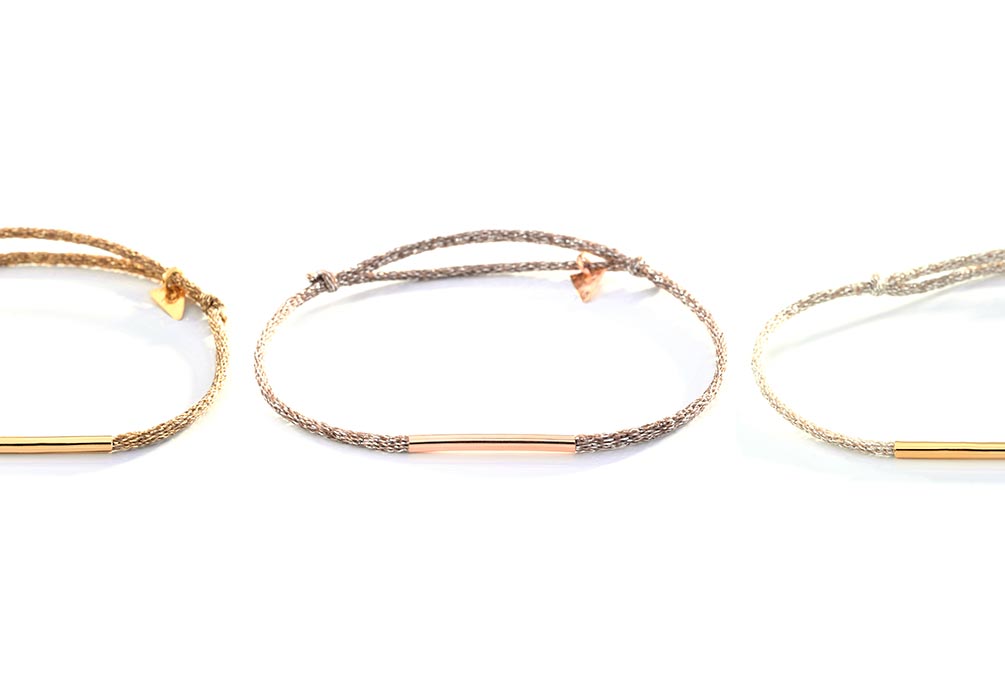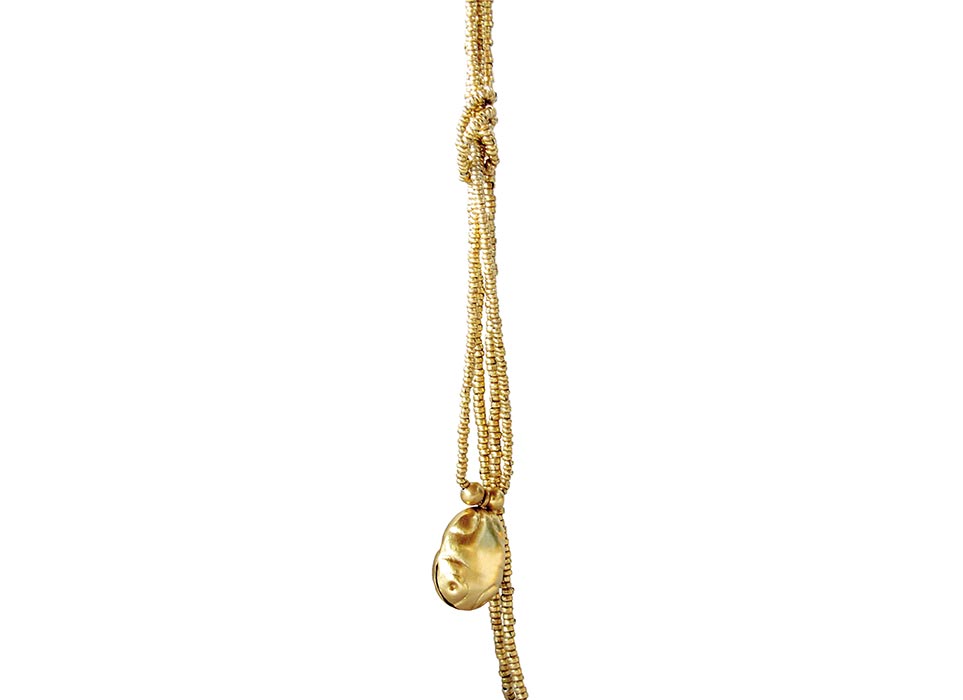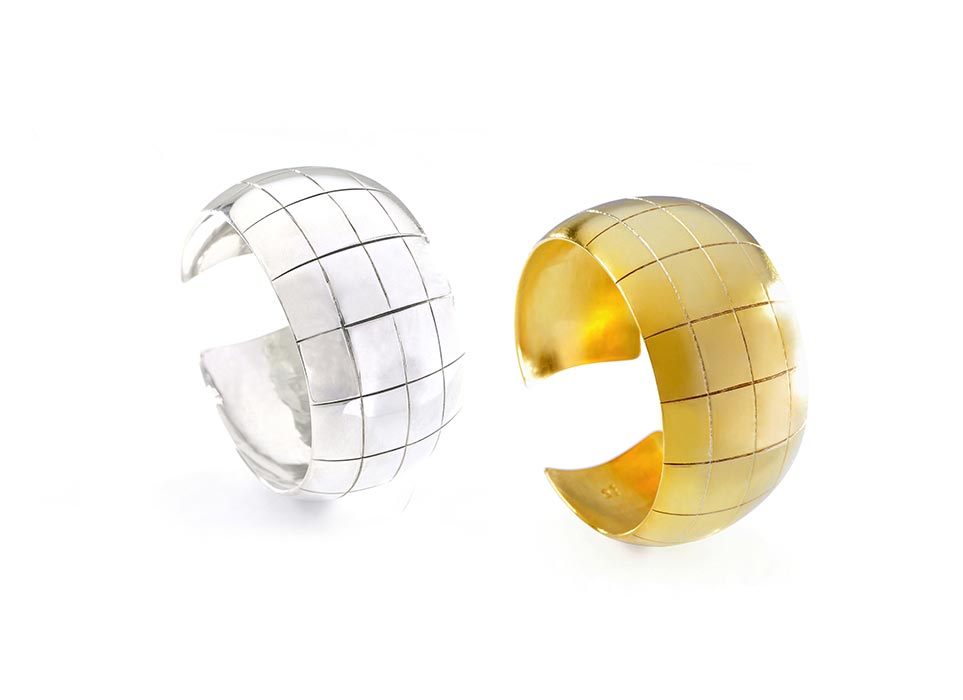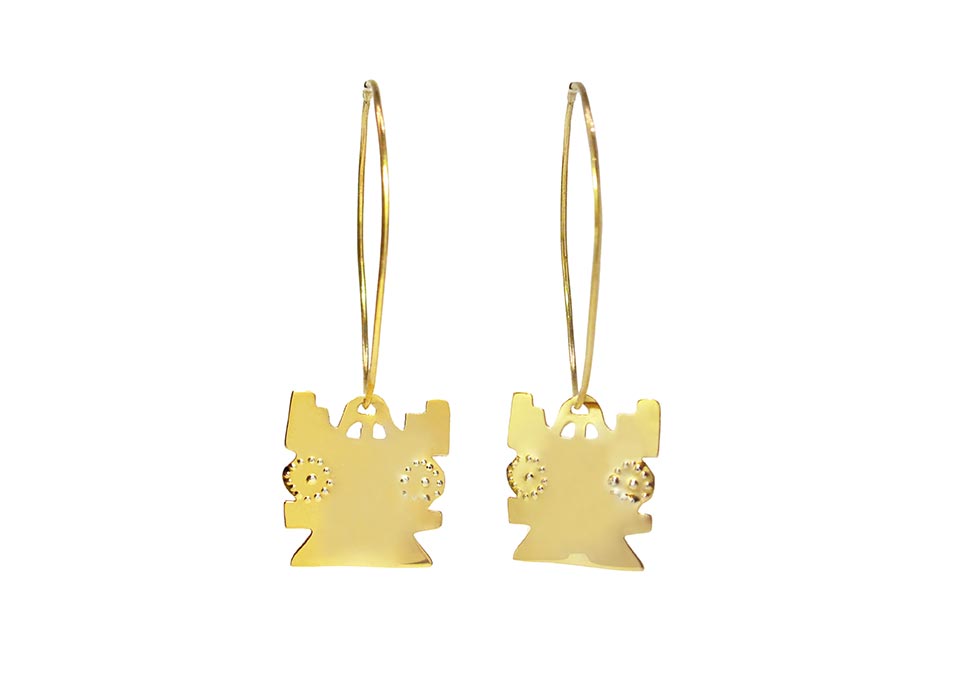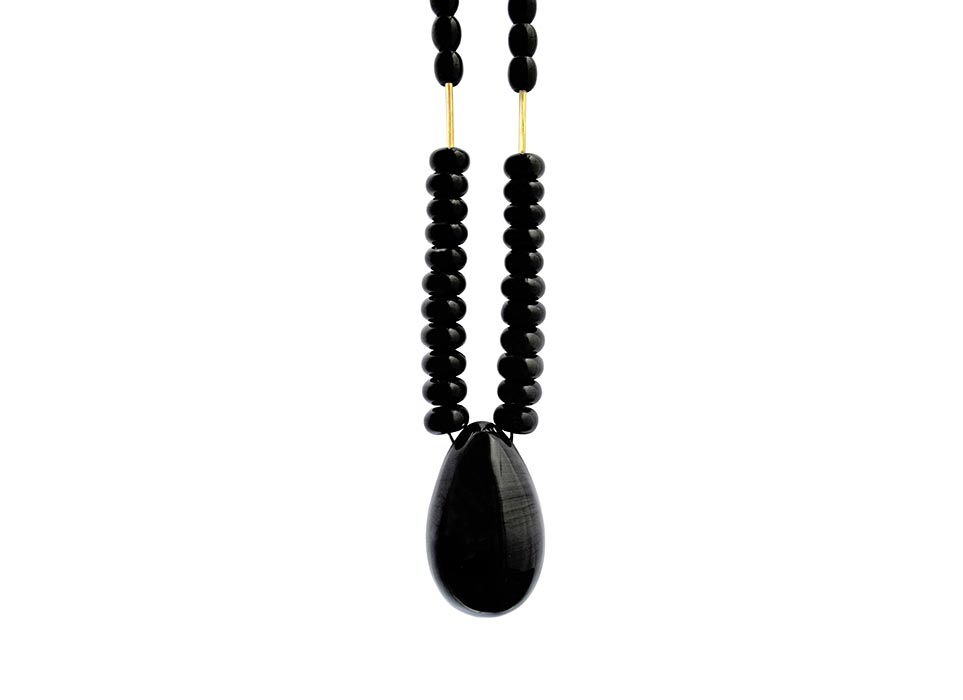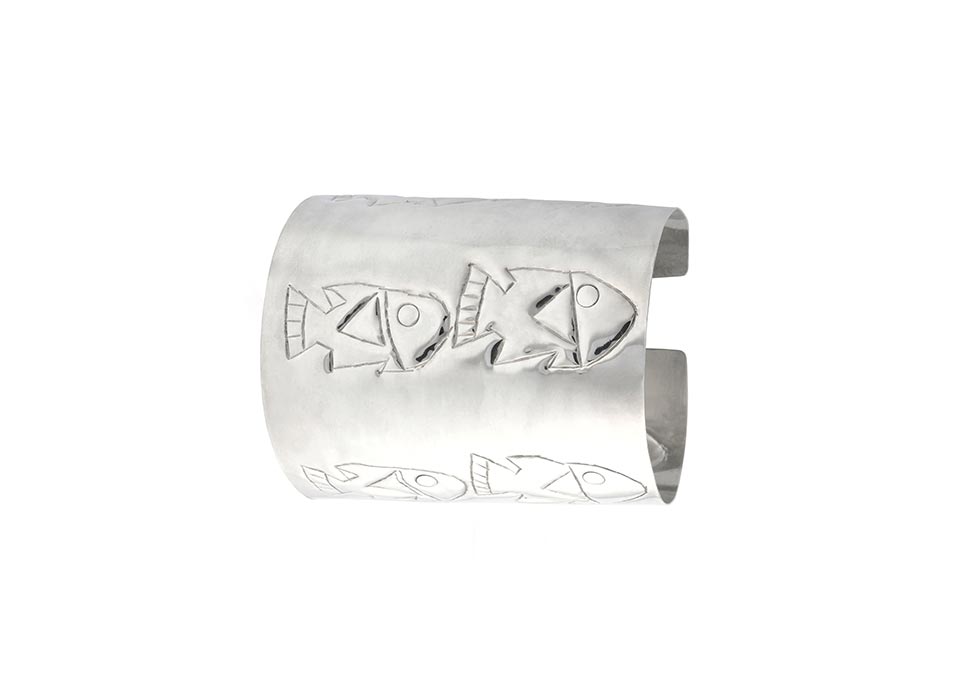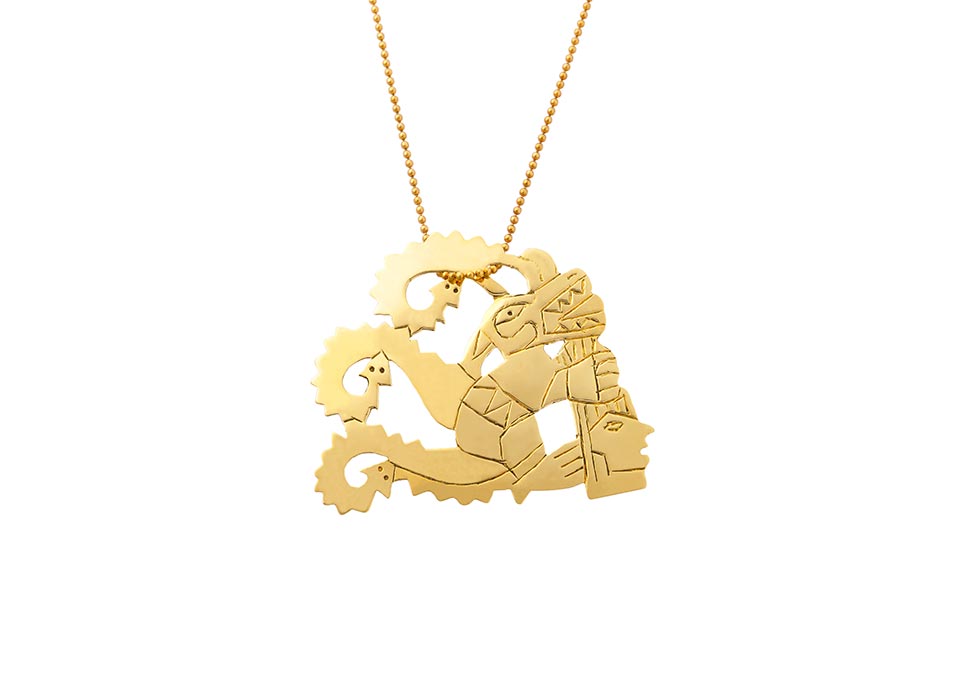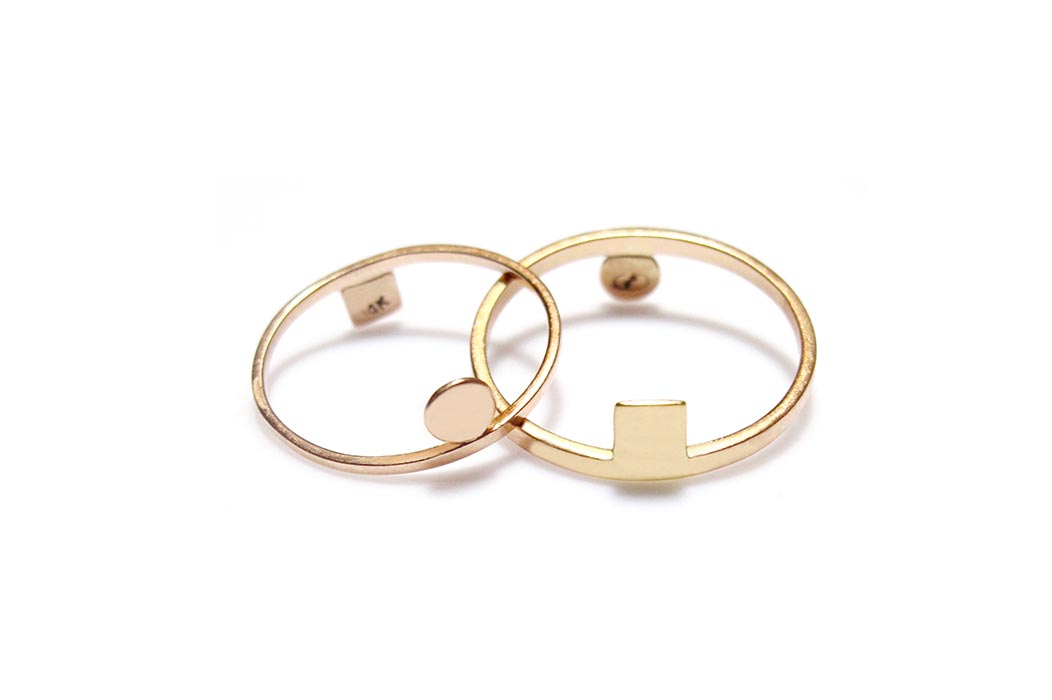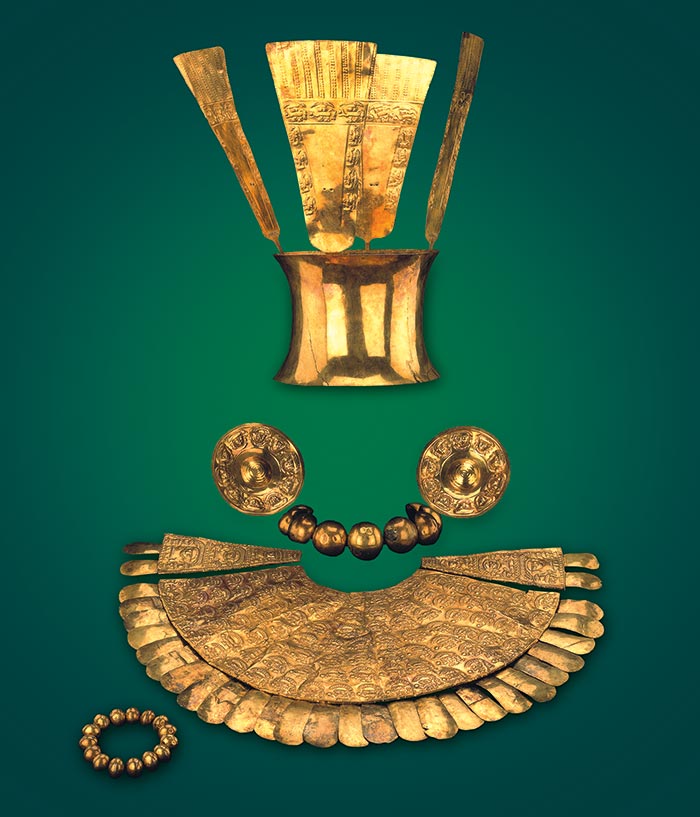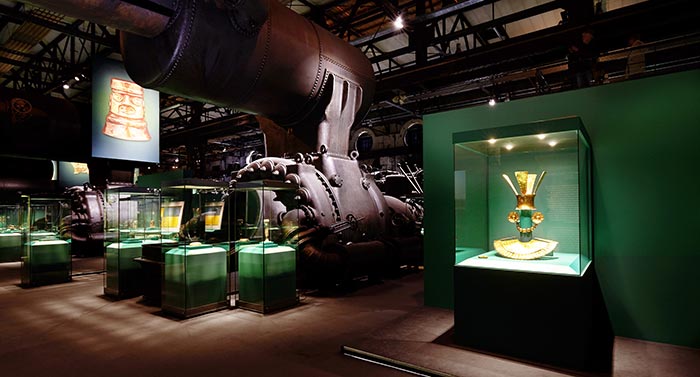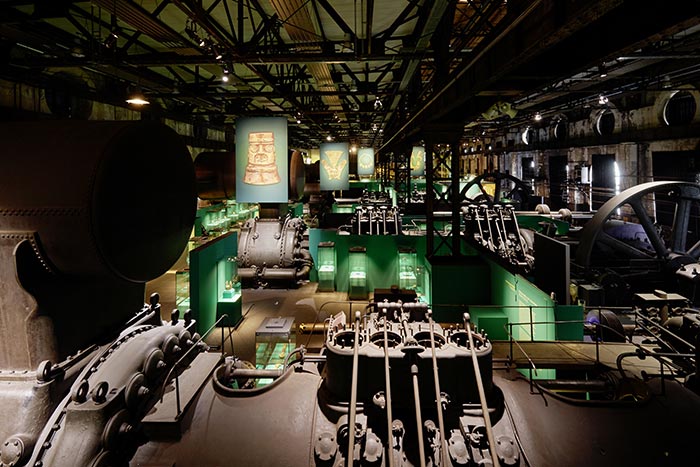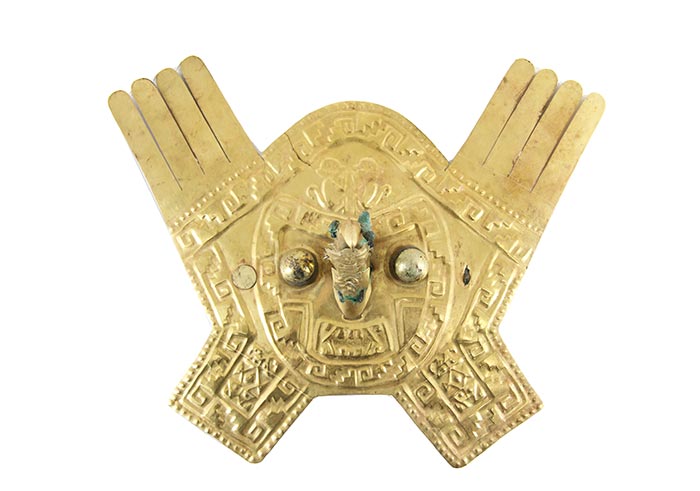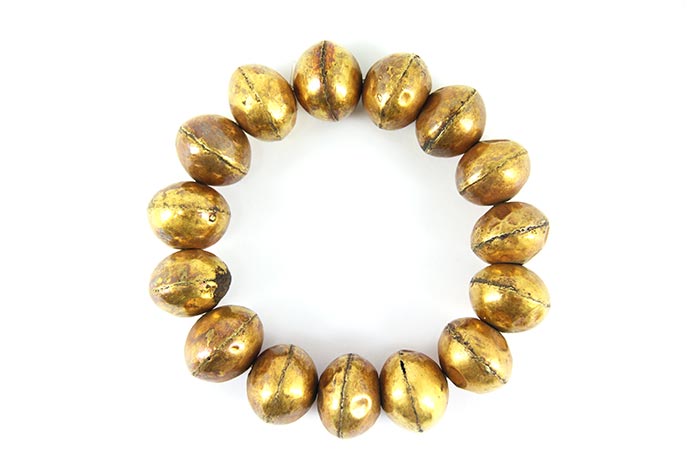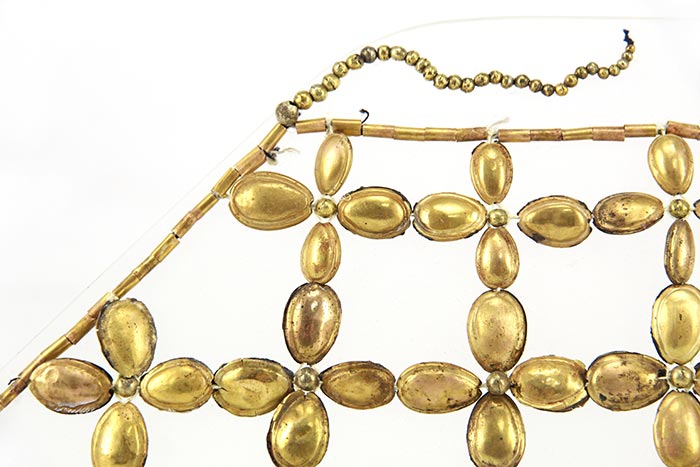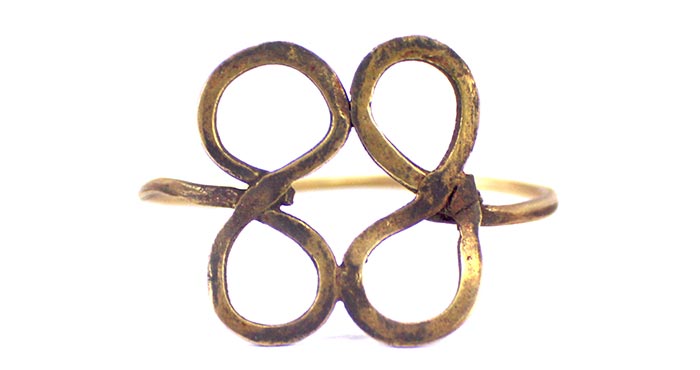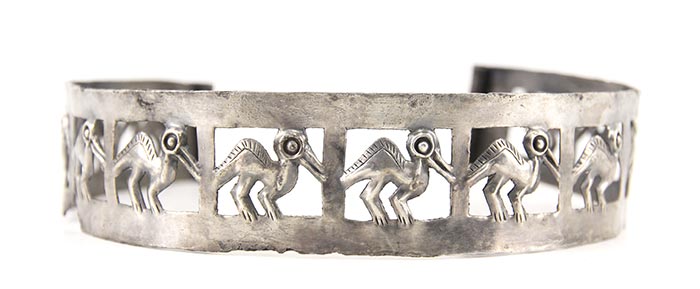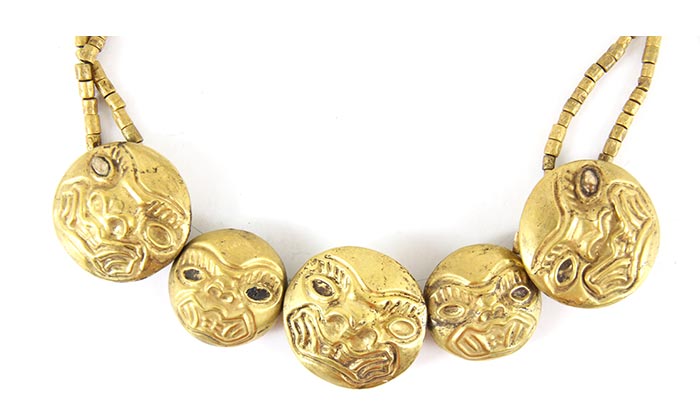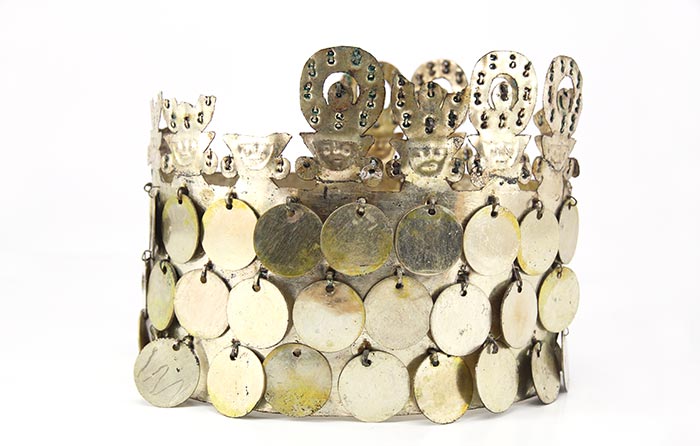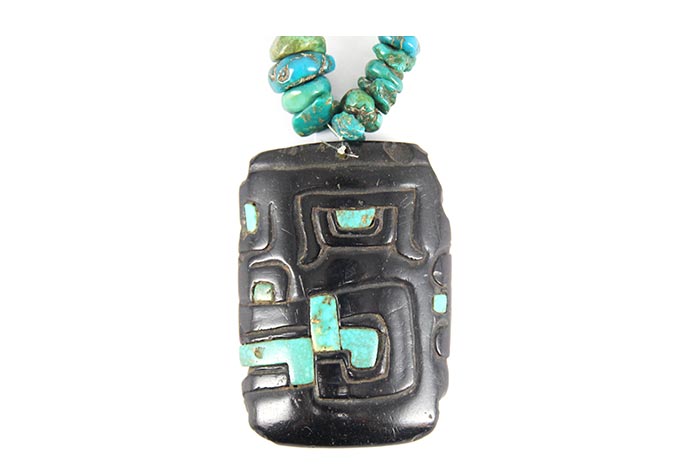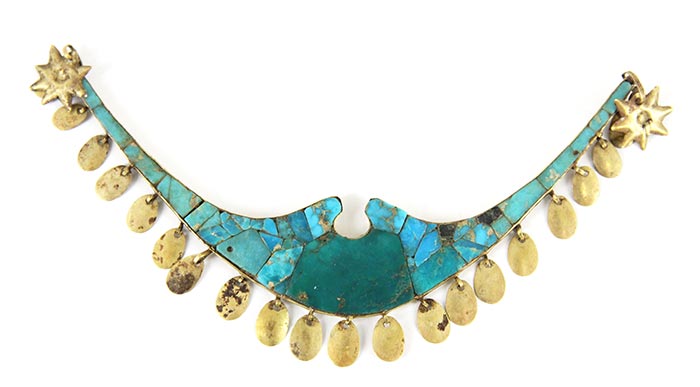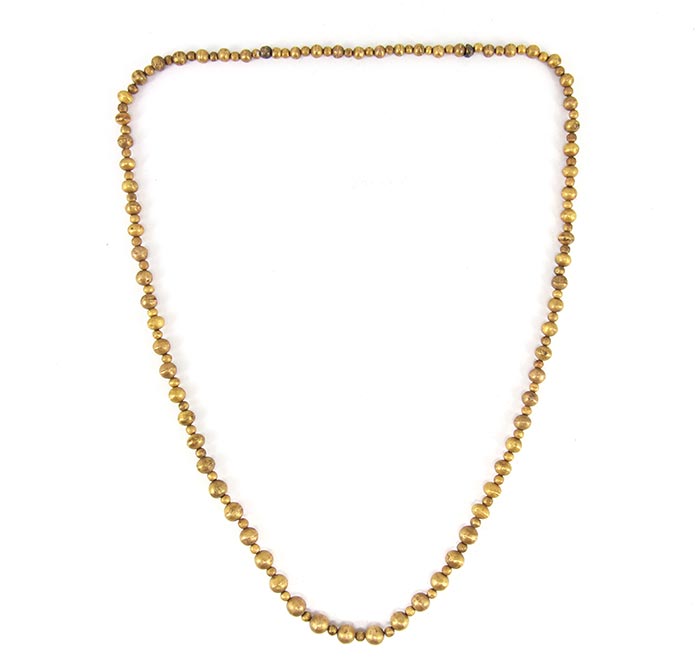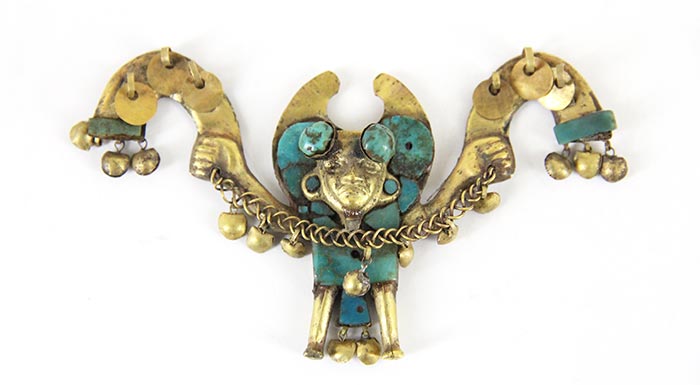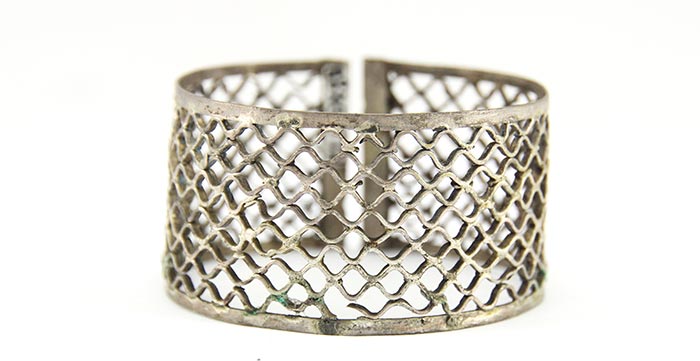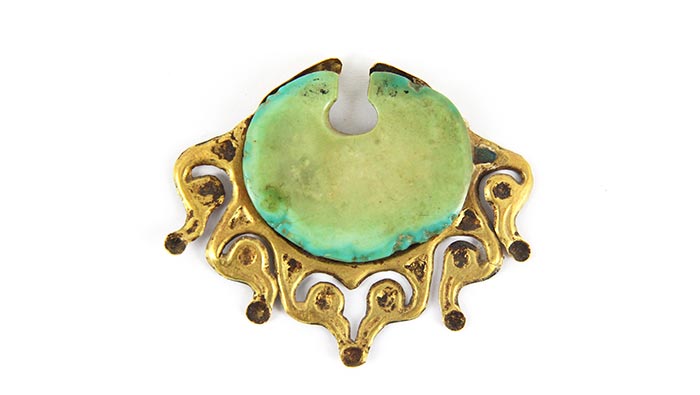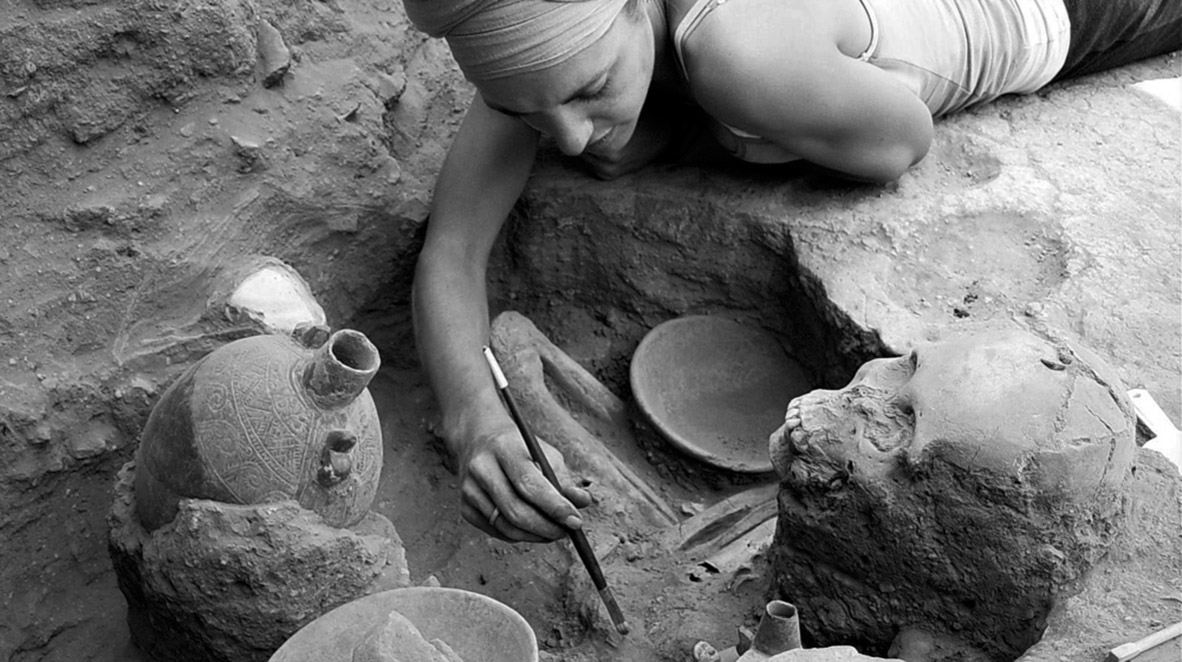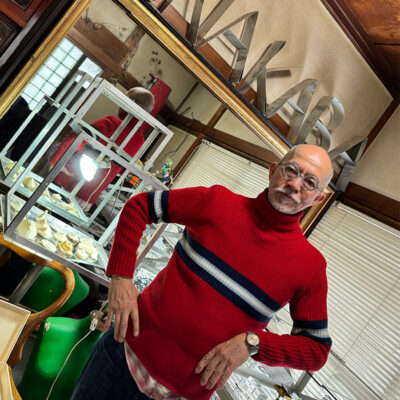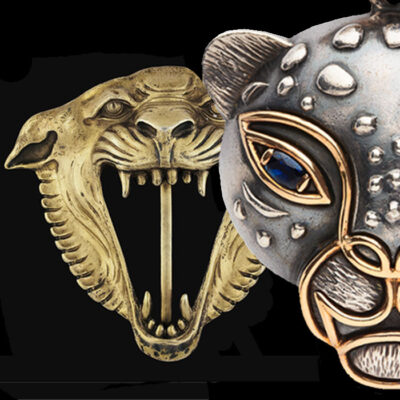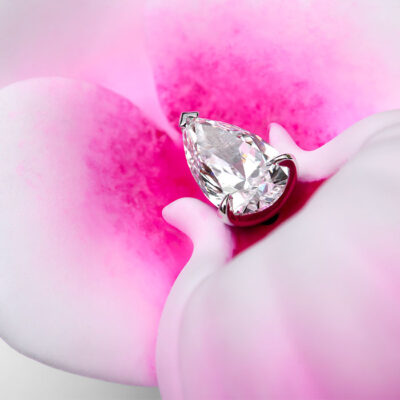Style
04 July 2017
Share
Carole Fraresso, archeo-metallurgist
Scientific curator of the “Incas – Gold. Power. God.” exhibition, Carole Fraresso also designs the “Motché” jewelry inspired by pre-Columbian ornamentation.
You are a doctor in archeo-metallurgy, what does this mean?
I do research using modern technology like the microscope to identify materials and techniques to reconstruct the way pieces were produced in pre-Columbian civilizations. In this way the jewelry speaks out, of impurity, a hammering technique, an alloy or a crystallographic structure that can reveal the geographical origin, the economic situation of a civilization, and so on. One can even go so far as to determine whether objects were made by the same hand.
What is the subject of this “Incas – Gold. Power. God.” exhibition at World Cultural Heritage Site Völklingen Ironworks?
It shows the history of pre-Columbian civilizations and their cultural development from the Incas to the Chimús through to the Mochicas. In Peru, metallurgical development was particularly important, as evidenced by the 220 objects spanning 5,000 years of history. Most of them come from the Larco Museum in Lima and also from the Jacobins Museum in Auch, France.
Despite its title, the exhibition presents very few Inca objects?
Indeed, there are only a few pieces like the smooth gold cuff, found in Machu Picchu. This pre-Columbian civilization, the best known (1300-1532 AD), did not work in gold: it took the skills and techniques of the Chimpanic goldsmiths (1100-1470 AD) from the north of Peru by transferring them to Cuzco. But it can be seen very clearly in this exhibition that the greatest virtuosos of pre-Columbian goldsmiths were the Mochicas (100-800 AD). Although largely unknown to the general public, they are the ones who set up a sophisticated metallurgical system. Their funerary masks, nose ornaments, earrings and diadems are extremely delicate and light.
What were their techniques?
The ornaments were made from sheets less than a millimeter thick at a time when, let us not forget, the craftsmen had neither rolling mill nor electricity. From the moment when the Mochicas introduced copper, inventions multiplied. Different types of alloys of copper and silver, copper and gold or bronze appeared, and the range of colors diversified. They innovated with welding and an electrochemical process similar to contemporary electrolysis to coat their objects with a very thin layer of gold. It was probably a question of overcoming a shortage of this precious metal, in particular linked to sharp increase in demand from the political powers.
This probably explains the disappointment of the Spanish conquistadores?
In the writings, it is found that they were indeed disappointed by the objects they melted down because the majority was made up of alloys. The gold turned out to be of low quality and low value … So when Francisco Pizarro and his men landed in Colombia in 1532, they had in mind the accounts of Christopher Columbus that described immeasurable wealth.
These are ceremonial and religious pieces …
The ornaments played a part in the theatricalisation of the religion; they conferred a divine character to the leaders who thus appropriated magical powers. Like the nose ornaments or the oval crown of two kilos surmounted by large rigid feathers seventy centimeters high, which are unwearable! In these societies without writing, the metal was never chosen at random: the gold associated with the sun was that of the gods, the silver associated with the moon suggested the underworld of the dead and ancestors. And the motifs of beings with fangs, snakes, victims sacrificed, spiders and owls, all have a mythological or symbolic meaning.
Do you have a privileged relationship with the sublime Larco Museum in Lima?
I met the Larco family who own it in 2001, through my thesis on archaeo-materials entitled, Adornment in the Rituals of the Mochica Culture. I was the first to have had access to their exceptional collection of identity, ceremonial and funerary adornments. While doing the online catalog, I touched them, weighed, measured and wore them, when possible. I know how they got into the collection. Today, I am an associate researcher and I work on the promotion of the museum and its collections. I also feel like I’m part of the family …
In 2010, you launched “Motché”, a jewelry collection inspired by pre-Columbian jewelry.
I’ve studied the finest collections of pre-Columbian jewelry in the world, “Motché” logically followed suite. The pieces are split into two lines: Creation and Exclusive. In the first, I take the purest lines and abstract patterns of the Chimús, for example. In the second, I reinterpret more developed and large pieces like those found in the Larco Museum. There are representations of classic figures like the lord of Ucupe, animals, anthropomorphic creatures, and so on. Thanks to “Motché” and my collaboration with the master-goldsmith Armando, I try above all to perpetuate the pre-Columbian know-how. He is now one of the few Peruvian craftsmen to master the gold-leaf technique that the Mochicas excelled in.


